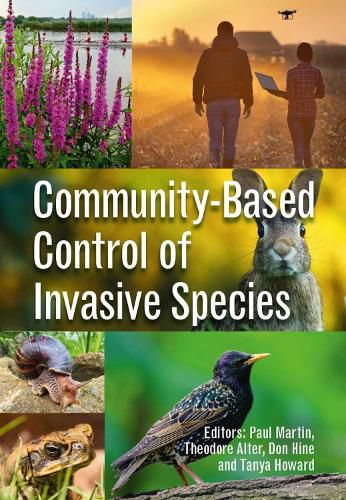Invasive species are among the greatest challenges to environmental sustainability and agricultural productivity in the world. One of the most promising approaches to managing invasive species is voluntary citizen stewardship. However, in order for control measures to be effective, private citizens often need to make sustained and sometimes burdensome commitments. Community-Based Control of Invasive Species is based on five years of research by leading scholars in natural resource and human behavioural sciences, which involved government and citizen groups in Australia and the United States. It examines questions including, ‘how can citizens be engaged in voluntarily managing invasive species?’, ‘what communication strategies will ensure good motivation and coordination?’ and ‘how can governing bodies support citizens in their efforts?’. With chapters on institutional frameworks, changing governance, systems thinking, organisational learning, engagement, communication and behavioural change, this book will be a valuable reference for researchers and practitioners involved in natural resources management.





